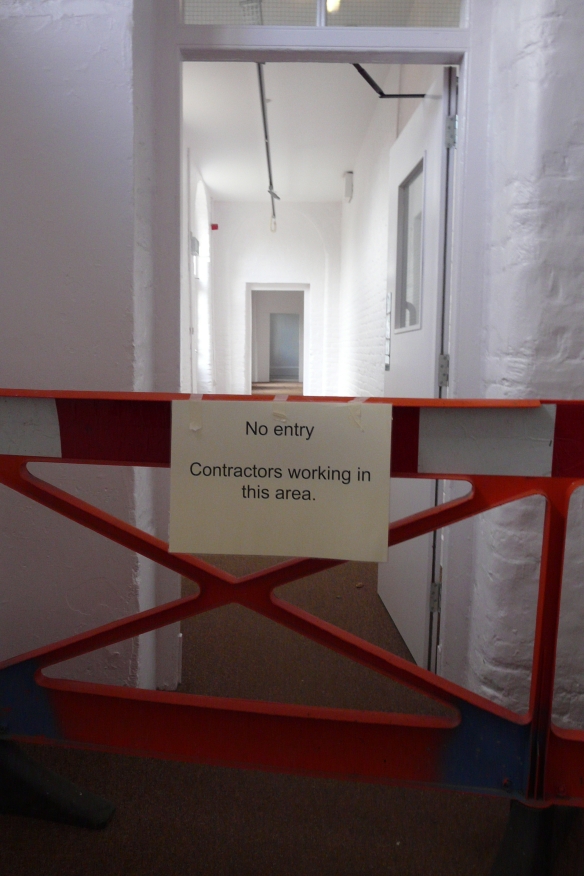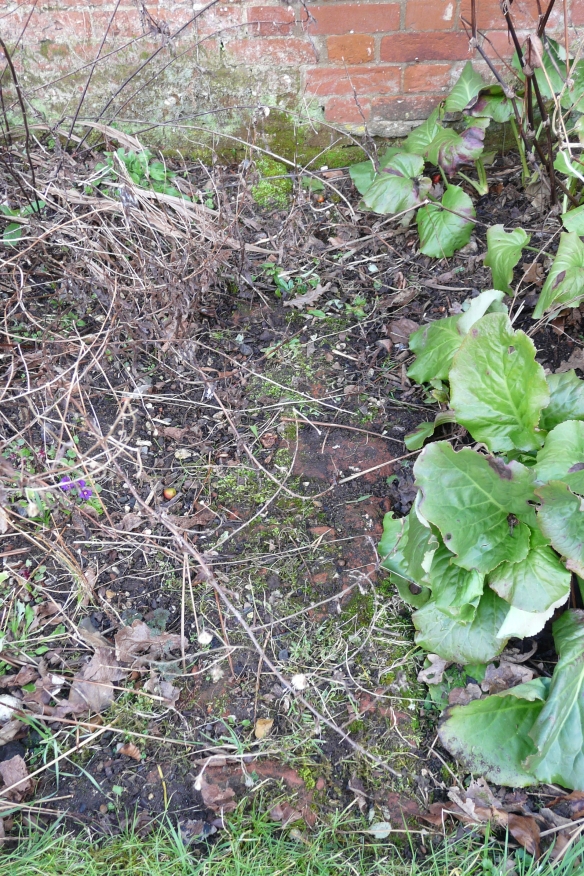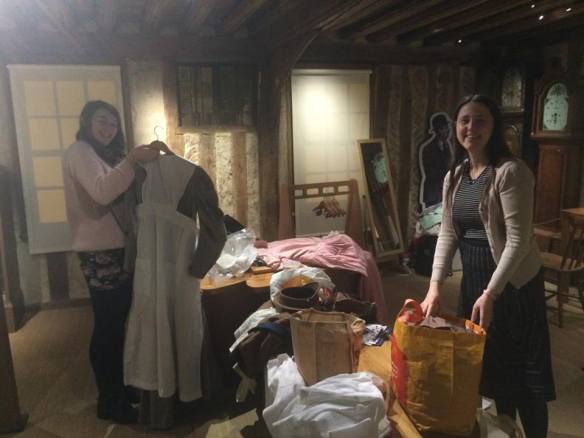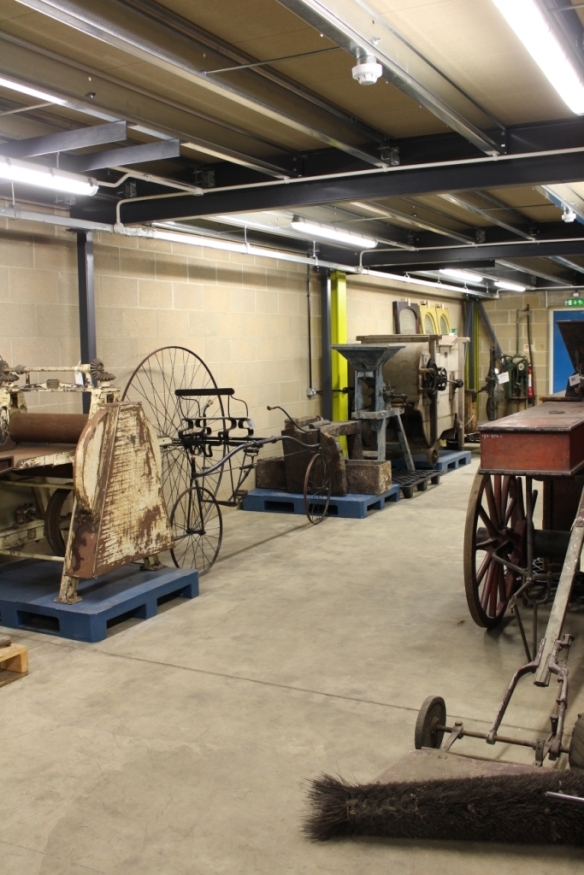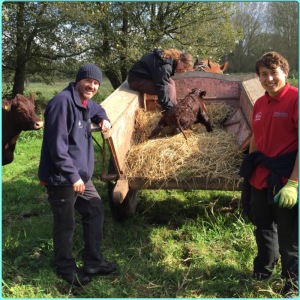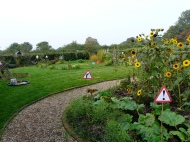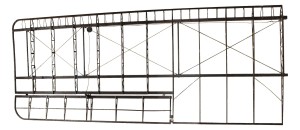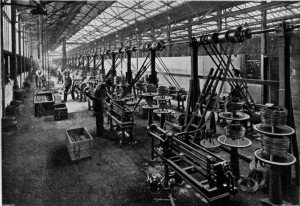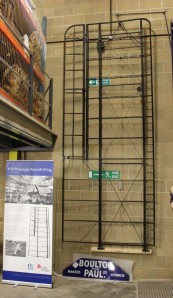Hi everyone- Rebecca here, with another farewell blog post. I’ll be finishing my Heritage Learning traineeship in two weeks, which has come around far too quickly. I’ll be spending my last bit of time here delivering school sessions to Reception/Key Stage 1 children (ages 4-7) and doing some training at Norwich Castle which will be lovely.
Since my last blog post we’ve had the very exciting news that the museum has been awarded £1.47million from the Heritage Lottery Fund to redevelop our workhouse exhibitions. We found out not long before Christmas, and as soon as the New Year came around the collections team were busy clearing all of our workhouse spaces, ready for the contractors who are now here. This is a great achievement for the museum and will look fabulous once finished, but it did present a bit of a challenge for the education department. We run sessions for Key Stage 2 and 3 which use the workhouse, so we had to do some thinking on our feet to alter sessions that had been booked in before we found out we’d been successful.
At the end of January I took groups of Year 9s on an outside tour of the workhouse buildings, looking into some of the changes that were made as a result of the 1834 Poor Law Amendment Act, which changed the site from a house of industry to a workhouse. Preparing for this session was really interesting as I hadn’t noticed some of the changes myself (such as the remnants of a dividing wall between the casuals’ ward and the unmarried mothers’ ward). We also looked at historical documents relating to people who were once in Gressenhall workhouse, and compared them to documents about people living outside the workhouse at the time. This allowed pupils to gain a better insight into what it was like to live in poverty in Victorian times, and possibly to re-evaluate their opinion of the workhouse.
Recently it was half-term, which for me meant an opportunity to catch up on some DIY! I constructed a ‘mobile market’ which will be used for Key Stage 1 children to be able to role-play in our Village Row shop. A larger bulk of my time, though, was spent making progress with our 1950s-themed dolls’ house (which will be used, funnily enough, in our 1950s room for a 1950s-themed session). In my last blog I showed you some of the furniture we have for the house, and now I have finally had time to do the wallpapering. This proved just as difficult as actual wallpapering due to the tiny tiny measurements! One centimetre out and I had to start again… But I got there in the end. Some finishing accessories (such as an ironing board and pictures to go on the walls) arrived today; I will be laying (paper) flooring next week and our Live Interpretation Officer, Rachel, will be making some soft furnishings- then it will finally be ready to be used! I’m really looking forward to seeing the finished product, but I hope you’ll agree that it’s already looking pretty good.
In previous blogs both Tabitha and I have mentioned that we’ve been taking part in a Foundation Course in Museum Learning run by GEM. The course lasted from October-December and saw us visiting various museums in London to meet their learning departments and see what sorts of education offers they have. The course was invaluable in terms of practical tips, getting a better understanding of museum theory, and making contact with other people in the sector. I would never have been able to go on the course without this traineeship so I’m very grateful for the opportunity.
At the end of the course we were asked to write an assignment, for which I evaluated our new Neolithic school event which I mentioned in my last blog. I, along with the rest of Gressenhall’s learning team, delivered the event to just over 1,000 children between September and November. My assignment looked at the effect of the new Key Stage 2 History curriculum, which features prehistory and does not feature the Victorians- previously a staple of Gressenhall’s education offer. Here we are very lucky to have a prehistory gallery and lots of outdoor space, so thankfully we have been able to adapt well to these changes in the curriculum and our Neolithic event is of a really high quality (if I do say so myself). For other museums who don’t have this luxury, the changes have been very concerning. But equally, sites that focus on prehistory have seen school visits increase massively. For more info see this BBC News article: http://www.bbc.co.uk/news/uk-england-28461034
As of yet I don’t know what I’ll be moving on to when I finish here, but I do know that my traineeship has given me masses of training and practical experience that will be useful wherever I go. I’ve had an amazing time here and would like to thank Rachel, Katie, Jan and Anna for welcoming me into their team, as well as everyone else at Gressenhall (including visitors) who make this such a special place to work… And of course, to the HLF for creating the Skills for the Future programme!
Rebecca Hunt
Heritage Learning Trainee

